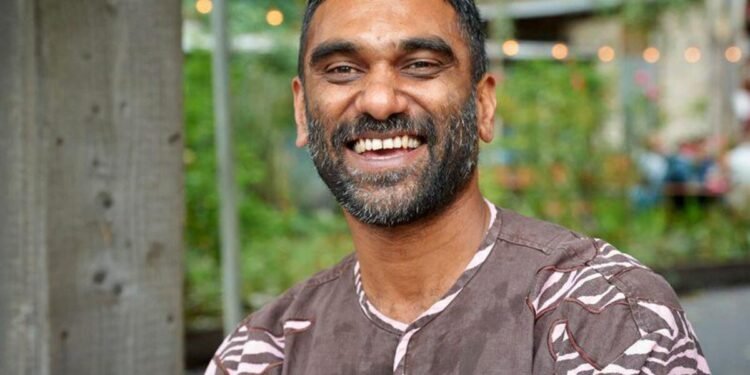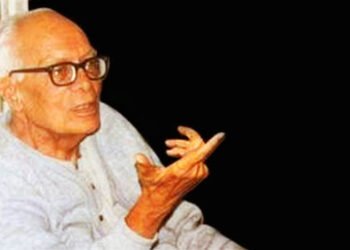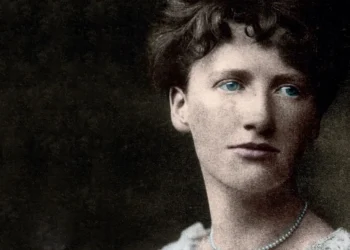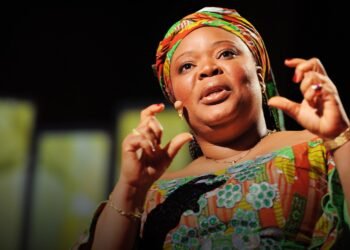What if one person’s struggle could ignite a global movement that transforms how we address our planet’s most pressing issues?
This question lies at the heart of understanding a remarkable activist’s journey. For over 45 years, this South African leader has dedicated his life to fighting injustice across continents.
His work began during apartheid and evolved to lead major organizations like Greenpeace International. He brought unique perspectives from the global South that challenged traditional approaches.
Naidoo views the climate crisis, economic inequality, and social injustice as interconnected problems. His philosophy emphasizes that these crisis points demand comprehensive solutions.
He consistently argues that the fight for our planet is ultimately about protecting future generations. The urgency of our time requires massive mobilization across society.
Through personal tragedy and professional challenges, his approach has evolved to include mental health awareness alongside environmental justice. This holistic view creates a powerful call action for meaningful change.
Key Takeaways
- Naidoo’s activism spans 45 years across human rights and environmental justice
- He was the first global South leader of Greenpeace International
- His approach connects climate change with social and economic issues
- Personal experiences shape his holistic view of activism
- He emphasizes urgent action to protect children and future generations
- His work challenges Western frameworks of environmentalism
- Naidoo advocates for merging arts, culture, and activism for change
Introduction to Kumi Naidoo’s Activist Journey
A remarkable journey often begins with a single courageous step. For one prominent activist, that step came during his teenage years in a nation struggling with deep-seated injustice.
His path would eventually span continents and decades. It would transform from local protests to global leadership positions.
Early Activism Against Apartheid in South Africa
At just 15 years of age, this young activist organized school boycotts against the apartheid system. He protested the government’s unequal investment in education that favored white children.
His brave actions led to expulsion from school. They also made him a target for Security Police.
This early experience shaped his understanding of inequality and injustice. It set the foundation for a lifetime dedicated to human rights work.
From Exile to International Leadership Roles
Forced into exile in the United Kingdom, he continued his activism abroad. He returned to South Africa in 1990 as the political landscape began changing.
He played a key role in legalizing the African National Congress in KwaZulu Natal. He served as spokesperson for the country’s first democratic elections in 1994.
His international leadership broke new ground. He became the first person from the global South to lead Greenpeace International.
Later, he served as Secretary General of Amnesty International. These roles demonstrated his growing influence in global civil society movements.
Academic Contributions and Current Positions
His academic credentials include being a Rhodes Scholar who earned a D.Phil in Politics from Oxford University. This education complemented his practical experience in activism.
Today, he serves as a distinguished lecturer at Stanford University. He also holds a Professor of Practice position at Thunderbird School of Global Management.
His current roles include Global Ambassador for Africans Rising. This continues his commitment to pan-African justice initiatives.
Throughout his life, he has bridged theory and practice. He brings frontline experience into academic settings to educate future generations.
The Intersectional Approach to Global Justice
Traditional activism often separates problems into neat categories. This approach fails to address how crisis points interconnect in people’s daily lives.
An intersectional framework recognizes that justice struggles cannot be compartmentalized. Economic, social, and environmental issues demand integrated solutions.

Connecting Human Rights and Environmental Justice
Framing climate change as purely an environmental issue represents a strategic error. This separation ignores how ecological destruction impacts human dignity.
People experience climate disruption through economic insecurity and social inequality. The struggle for a healthy planet is fundamentally about human rights.
This perspective borrows from feminist movement concepts of intersectionality. It acknowledges that people live integrated lives rather than separated categories.
Critique of Western Activism Frameworks
Western approaches often fail to address root causes of injustice. Vested economic interests systematically block adequate responses to converging crises.
During his 2017 Gruber Lecture, the activist questioned whether the United States stood on the right side of global justice. He channeled Martin Luther King Jr.’s concept of being “maladjusted” to injustice.
US consumer culture disproportionately contributes to environmental degradation. It also worsens social disparity through unsustainable consumption patterns.
The Urgency of Converging Crises: Climate, Inequality, and Economy
The climate crisis threatens human survival at an unprecedented scale. Our actions deplete Earth’s resources necessary for sustaining human life.
This emergency converges with wealth inequality and economic instability. The 2008 financial crisis revealed systemic vulnerabilities that remain unaddressed.
Bold political leadership must address these interconnected threats. Safety comes from solving injustices rather than building walls.
The activist emphasizes that the planet would eventually recover after human extinction. This stark reality underscores the urgency for humanity to act.
Creative peaceful civil disobedience on a massive scale becomes necessary. Conventional approaches cannot address the magnitude of these challenges.
This represents a global call action for fundamental systemic change. The end goal is creating sustainable peaceful existence for all members of society.
Current Initiatives and Creative Strategies
Creative approaches often unlock new pathways to social change. Today’s most effective movements blend traditional tactics with innovative methods that speak to both hearts and minds.
This evolution in activism reflects growing recognition that conventional methods alone cannot address our complex global challenges. The most impactful strategies combine multiple approaches simultaneously.
Fossil Fuel Non-Proliferation Treaty Initiative
As president of the Fossil Fuel Non-Proliferation Treaty Initiative, this leader champions a binding international agreement. The treaty seeks to end expansion of oil, coal, and gas industries.
It would phase out existing production while ensuring an equitable transition. This initiative complements the Paris Agreement by addressing production directly rather than just emissions.
The approach recognizes that extracting finite resources makes little sense even without climate impacts. It represents a comprehensive framework for managing our energy transition.
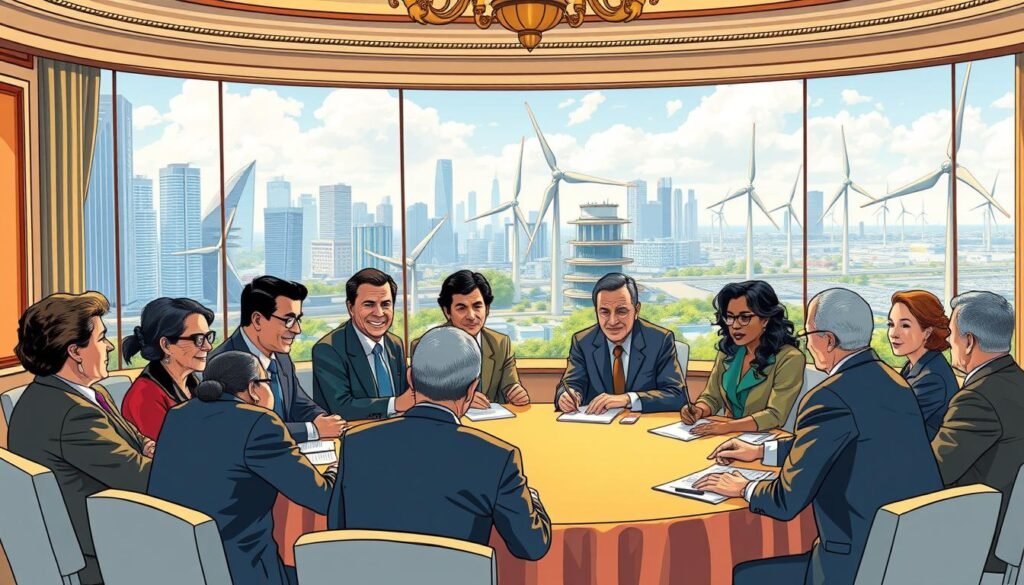
Artivism: Merging Arts and Activism
Personal tragedy profoundly shaped this activist’s approach to creative change. Following his son’s passing, he established the Riky Rick Foundation for Promotion of Artivism.
The foundation honors his late son while supporting mental health awareness among artists. It promotes merging artistic expression with activism for greater emotional impact.
His son’s criticism that activists focus too much on brain messaging inspired this shift. The approach now prioritizes connections through heart, body, and soul.
He found artist Olafur Eliasson’s iceberg funeral more effective than most Greenpeace actions. The event connected through universal understanding of loss rather than complex science.
Civil Disobedience and Mass Mobilization Strategies
Conventional advocacy alone cannot overcome powerful fossil fuel interests. This leader advocates for civil disobedience on an unprecedented scale.
The fossil fuel lobby’s dominance in climate negotiations requires massive popular pressure. He notes the term “fossil fuels” only appeared in climate talks two years ago.
This compares to Alcoholics Anonymous not mentioning alcohol for decades. The artivism movement seeks to reach people through emotional and cultural channels.
Different people enter activism through various inspirations including personal experiences. Addressing the climate crisis requires speaking to everything in interconnected ways.
The strategy integrates conventional advocacy, artistic expression, and mass mobilization. This creates the necessary pressure for meaningful systemic change.
Conclusion: Legacy and Continuing Impact
True legacy is measured not in years served but in generations inspired. After 45 years of activism, Kumi Naidoo remains a prisoner of hope despite multiple burnouts.
He believes pessimism is a luxury we cannot afford. The climate struggle is about protecting children’s future, not saving the planet.
His family continues this commitment through the Riky Rick Foundation. It addresses mental health while honoring artistic expression.
As a distinguished lecturer, Naidoo blends storytelling with scientific evidence. He inspires profound change through multidisciplinary perspectives.
His work proves that current world conditions don’t represent humanity’s best. We must find creativity in crisis and hope in struggle.
FAQ
What are Kumi Naidoo’s most significant leadership roles in global organizations?
He served as the Executive Director of Greenpeace International and later as the Secretary General of Amnesty International. These positions placed him at the helm of two of the world’s most prominent civil society organizations, focusing on environmental justice and human rights, respectively.
How did his early life in South Africa shape his activism?
Growing up under apartheid, his commitment to justice was forged early. He became a youth activist and was forced into exile, an experience that deeply informed his understanding of systemic inequality and the power of grassroots mobilization.
What is the core philosophy behind his approach to social change?
He advocates for an intersectional approach, arguing that the climate crisis, poverty, and human rights abuses are interconnected. He believes these battles cannot be won in isolation and require a unified global justice movement.
What is ‘artivism’ and how does he promote it?
Artivism merges art and activism to communicate urgent messages on a deeper, emotional level. He supports this strategy to engage broader audiences, especially youth, in the struggle for justice and a livable planet.
What current initiative is he heavily involved with?
He is a leading voice for the Fossil Fuel Non-Proliferation Treaty initiative. This proposal seeks a global agreement to phase out fossil fuels, support a just transition for workers, and fund renewable energy development worldwide.
Why does he emphasize the need for civil disobedience?
He argues that conventional methods of protest are often insufficient to address the scale and urgency of converging crises like climate change. He views strategic, non-violent civil disobedience as a necessary moral tool to disrupt unjust systems and demand action.

